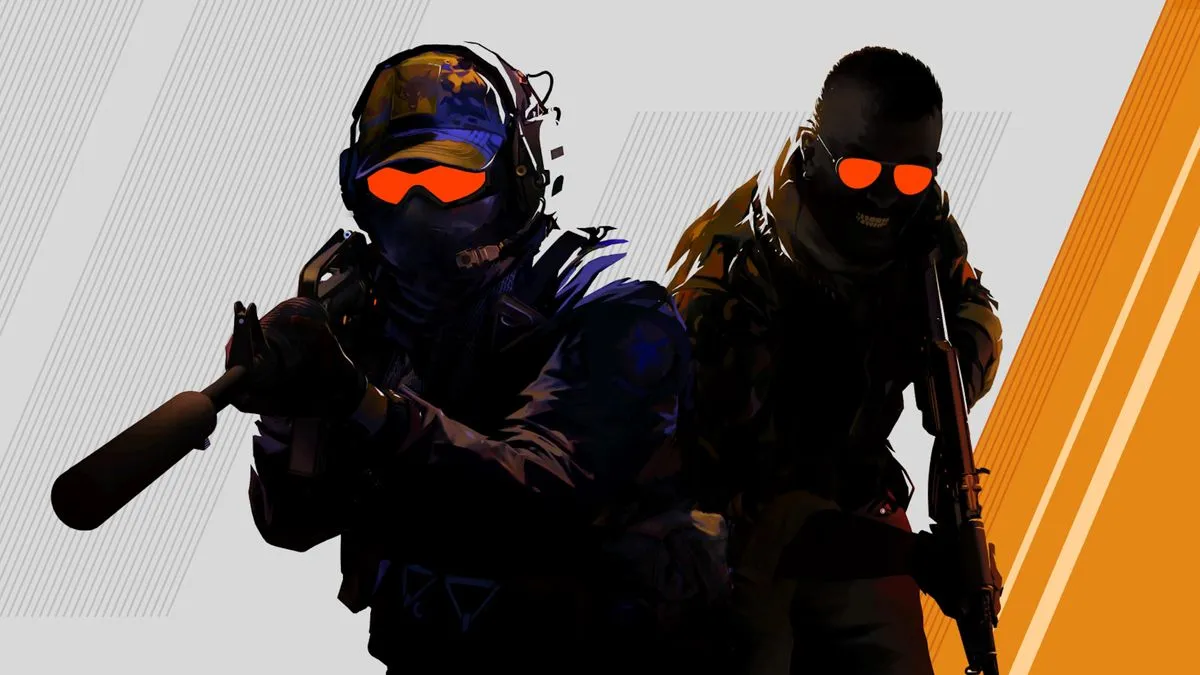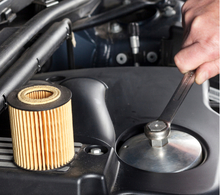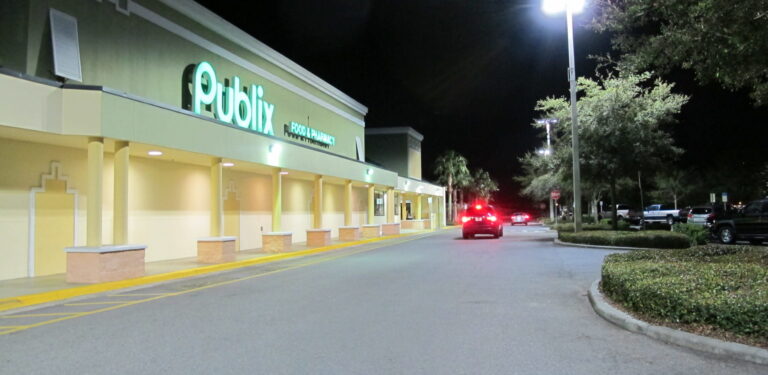In the realm of online gaming, few innovations have had as profound an impact on player experience and community development as Fast Download (FastDL) servers. Originating in the early 2000s, FastDL transformed the way players accessed game content, addressing critical issues of accessibility and convenience. This article delves into the origins, mechanics, benefits, and long-term impact of FastDL on the gaming world, offering a comprehensive overview of why FastDL became an essential component of modern multiplayer gaming.
Origins and Evolution of FastDL
FastDL emerged as a response to the growing complexity and size of game modifications (mods) and custom content in multiplayer games. Prior to FastDL, players were often required to manually download and install mods, maps, skins, and other custom content from third-party websites. This process was not only cumbersome but also fragmented the gaming community, as not all players had the same content, leading to compatibility issues during multiplayer sessions.
The concept of FastDL was pioneered by Valve Corporation with the release of their Source Engine. Recognizing the need for a more efficient method to distribute custom content, Valve integrated a system that allowed game servers to host custom files separately from the game’s main server. This secondary server, dedicated to file downloads, significantly accelerated the process of acquiring necessary game assets, thus coining the term “FastDL”.
How FastDL Works
At its core, FastDL separates the download of game files from the game server itself. Here’s a simplified breakdown of the process:
Server Setup
The game server admin uploads custom content (e.g., maps, models, textures) to a web server with high bandwidth capabilities.
Configuration
The game server is configured to redirect file requests to this web server.
Client Connection
When a player connects to the game server and requires custom content, the game client is directed to download the files from the web server instead of the game server.
Fast Download
Due to the high bandwidth of the web server, downloads occur at a much faster rate compared to the traditional method where the game server handled both gameplay and file distribution.
This system ensures that players spend less time waiting for downloads and more time playing the game.
Benefits of FastDL
The implementation of FastDL brought several significant benefits to the gaming community:
Improved Accessibility
FastDL made it easier for players to access and enjoy custom content without the hassle of manual downloads. This ease of access encouraged more players to participate in games featuring custom modifications, fostering a more inclusive and diverse gaming environment.
Enhanced Player Experience
By reducing the time required to download necessary files, FastDL improved the overall player experience. Players could join games quicker, leading to increased satisfaction and retention. This seamless experience was particularly crucial in competitive gaming, where any delay could impact performance and enjoyment.
Reduced Server Load
Offloading the download process to a dedicated web server reduced the strain on game servers. This allowed game servers to allocate more resources to maintaining stable and responsive gameplay, thus improving the quality of online matches.
Promotion of Custom Content
FastDL facilitated the widespread distribution of custom content, encouraging creativity within the gaming community. Modders and map creators were able to share their work more easily, leading to a richer and more varied gaming experience for everyone.
Community Building
By streamlining access to custom content, FastDL helped build and sustain vibrant gaming communities. Players could more readily share and experience new maps, mods, and skins, fostering a sense of community and collaboration.
Impact on Popular Games
Several popular games and franchises have benefitted immensely from the adoption of FastDL, each leveraging the system to enhance player engagement and content distribution.
Counter-Strike
One of the earliest and most prominent beneficiaries of FastDL was “Counter-Strike.” As a game heavily reliant on custom maps and mods, “Counter-Strike” experienced a significant boost in player engagement following the implementation of FastDL. Custom servers thrived, offering unique gameplay experiences and attracting a diverse player base.
Garry’s Mod
“Garry’s Mod,” a sandbox game built on the Source Engine, also leveraged FastDL to great effect. The game’s open-ended nature and reliance on user-generated content made FastDL an indispensable tool for ensuring players could easily access the myriad of mods and add-ons created by the community.
Team Fortress 2
“Team Fortress 2” saw similar benefits, with FastDL facilitating the distribution of custom maps and cosmetic items. This ease of access helped maintain the game’s popularity and supported a thriving modding community.
Challenges and Limitations
Despite its numerous advantages, FastDL is not without its challenges and limitations:
Server Maintenance
Setting up and maintaining a FastDL server requires technical knowledge and resources. Server admins must ensure the web server is secure, has sufficient bandwidth, and is properly configured to handle file requests.
Quality Control
The ease of distributing custom content can sometimes lead to issues with quality control. Poorly designed mods or malicious files can find their way onto servers, potentially disrupting gameplay or compromising security.
Compatibility Issues
While FastDL streamlines the download process, compatibility issues can still arise if players do not have the correct versions of mods or if there are conflicts between different custom files.
Bandwidth Costs
Hosting a FastDL server with high bandwidth capabilities can be expensive, particularly for smaller gaming communities or individual server admins. This cost can be a barrier to entry for some.
The Future of FastDL
As gaming technology continues to evolve, so too will the methods for distributing custom content. FastDL has paved the way for more sophisticated systems that further enhance the player experience. Some potential future developments include:
Integrated Content Delivery Networks (CDNs)
The use of CDNs could become more prevalent, providing even faster and more reliable content distribution. CDNs distribute files across multiple servers worldwide, reducing latency and improving download speeds for players regardless of their location.
Cloud-Based Solutions
Cloud-based solutions could offer scalable and cost-effective alternatives to traditional FastDL servers. By leveraging cloud infrastructure, game developers and server admins could provide high-speed downloads without the need for dedicated hardware.
Automated Quality Control
Advancements in artificial intelligence and machine learning could enable automated quality control processes, ensuring that only high-quality and safe mods are distributed through FastDL servers. This could help mitigate some of the risks associated with custom content.
Enhanced Security Measures
As cybersecurity threats continue to evolve, so too will the security measures employed by FastDL servers. Enhanced encryption, regular security audits, and robust authentication mechanisms will be essential in protecting both servers and players from malicious attacks.
Conclusion
FastDL has revolutionized the way custom content is distributed in online gaming, offering numerous benefits that have enhanced player experience, reduced server load, and promoted community engagement. While challenges and limitations exist, the continued evolution of technology promises to address these issues and further improve the system. As gaming communities grow and become more interconnected, FastDL and its successors will remain crucial in facilitating the seamless distribution of custom content, ensuring that players can enjoy a rich and varied gaming experience.













+ There are no comments
Add yours